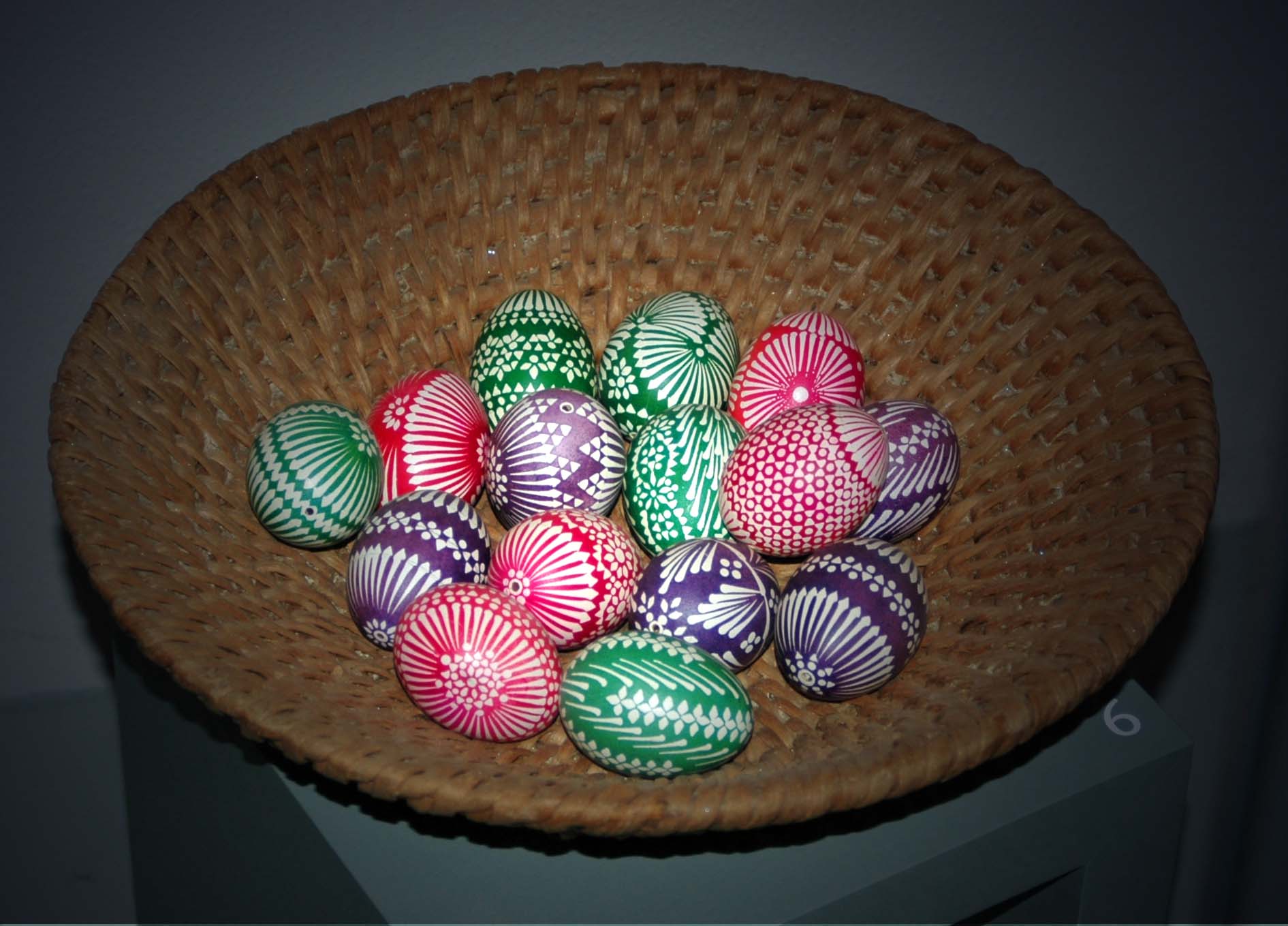Travelling exhibition “Wendish churches between Löbau and Lieberose” from 5th of August
Travelling exhibition “Wendish churches between Löbau and Lieberose” in Guben
Wendish churches refer to Slavic natives in Saxony and Brandenburg. With the Reformation the Sorbian / Wends received the possibility to hold church services in their mother tongue. In the tows they got their own churches, often branch churches of German city churches. In some places they were called country churches since they served the surrounding villages. Mostly they were used only for preaching services. But communion ceremonies, baptisms and marriages took place in the main church. The first translations of Lutheran writings and chorales were produced for ecclesiastical use. Today many Lusatians are no longer aware of the Sorbian / Wendish roots of their homeland. The photographer Jürgen Matschie went to search for the former sites of the Wendish churches in the Lusatia. The traveling exhibition is part of a funding project of the cultural area Upper Lusatia-Lower Silesia within the exhibition “Five Centuries. The Sorbs and the Reformation” from 2017.
Exhibition “In the heath. Sorbian hangs in the balance” in Lüchow
10.08.2018 – 14.10.2018
The exhibition examines the Sorbian roots in the Lusatian heath region between Senftenberg, Hoyerswerda, Spremberg, Weißwasser, Bad Muskau and Niesky. It deals also with the identity and value change as a result of the industrialisation and with the assimilation of the sorbian people. The unique costumes and customs of the Sorbians in the heath have survived untill today. But with the mining of lignite, the destruction of Sorbian places and the influx of thousands of strangers into the area, the system of tradition that had been built up over several centuries began to waver. Not only villages were hanging in the balance as a result of brown coal mining, but also the Sorbian language and identity of this region. But even with the loss grows the interest in preserving the heritage of the ancestors.
Lüchow is meanwhile the 18th exhibition venue after the exhibition opening in 2012 in the Sorbian Museum. The history and fate of the Sorbs of Lusatia was presented mainly in Saxony and Brandenburg, but also in Denmark. More than 50,000 people have visited the exhibition from 2013 to 2018.




